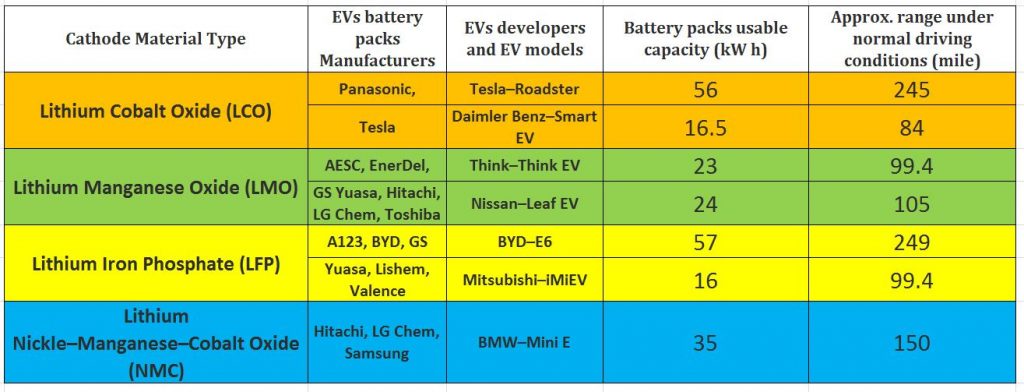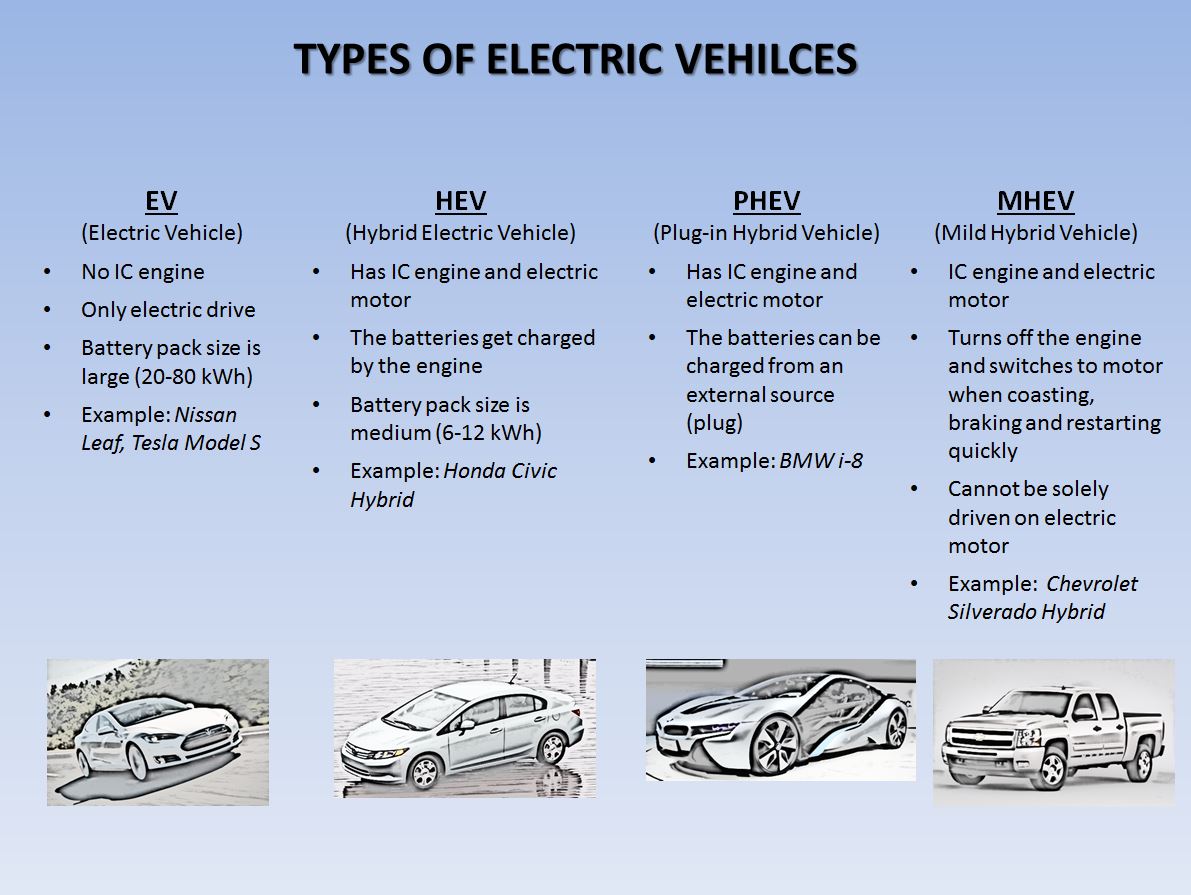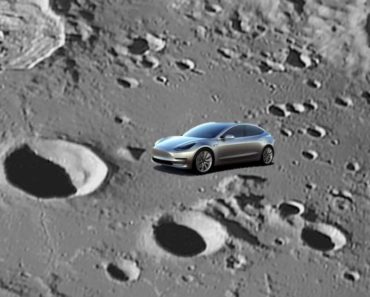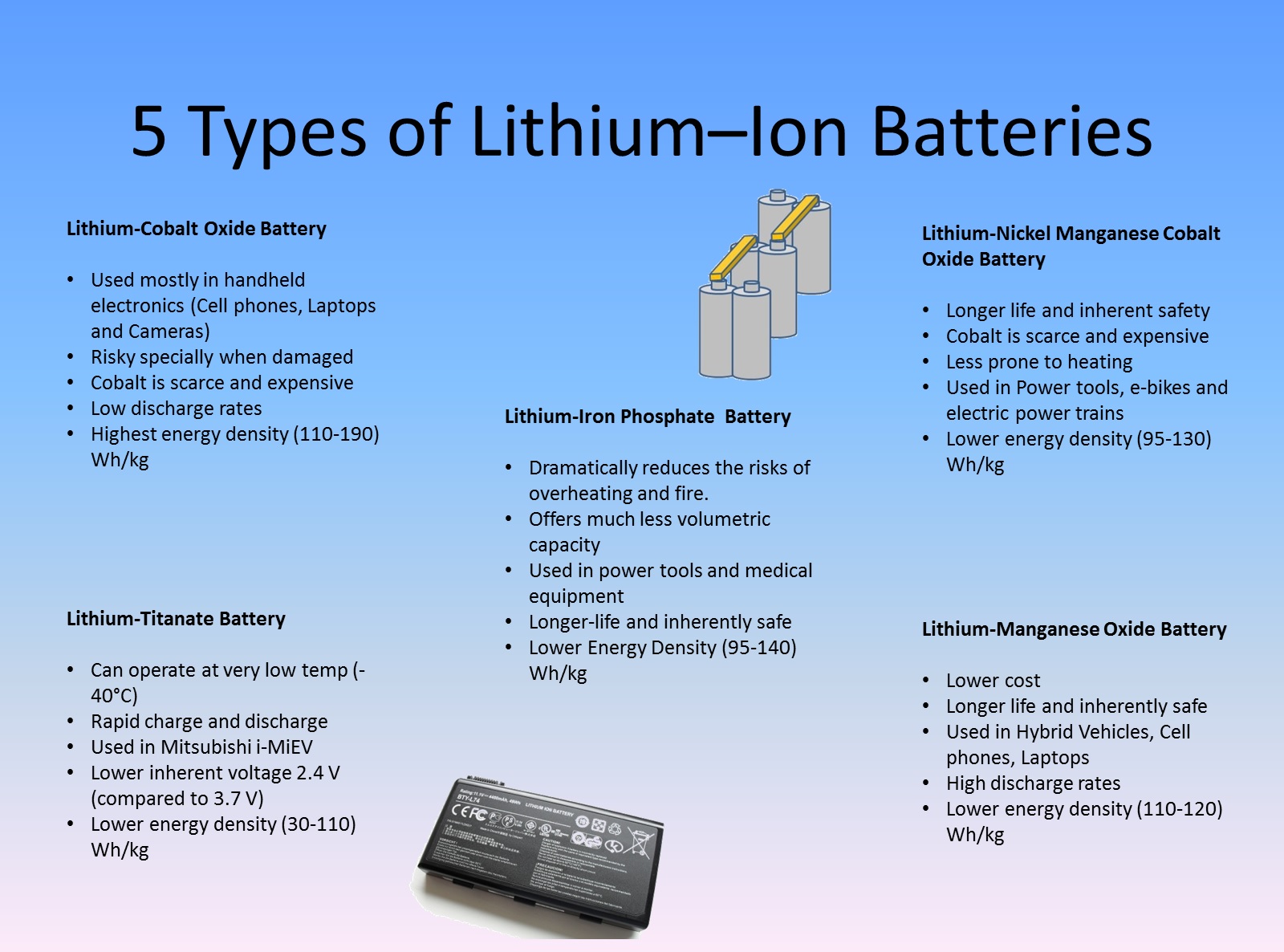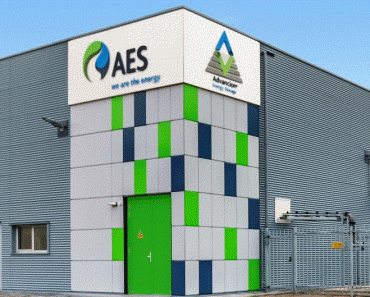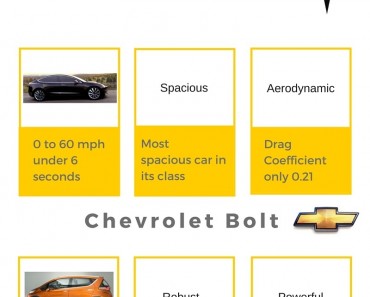Electric Vehicles have been using different types of Lithium Ion batteries in their battery packs. Out of the five popular Li-ion chemistries, 4 are used in modern EV’s. The only exception is Lithium Titanate battery which was initially used in Mitsubhi iMiEV but has been replaced by Lithium Ion Phosphate (LFP). In the 90’s Nickel Metal Hydride batteries were being used in EV’s and Hybrids (GM EV1 and GM Precept) of the time. However, superior energy density and lack of memory effects titled the industry in favour of Lithium Ion.
This table on the types of Lithium Ion Batteries used in EVs is based on the search done by Chen et al
It is being argued that Lithium Ion batteries are coming to maturity in their development. It will be hard to move beyond energy density of 200-250 Wh/kg. Although by using cells of certain profile and form factor, energy density can be improved, but even with the best of efforts the mentioned limit cannot go beyond a double value. Only in Model S, with extreme ingenuity, Tesla were able to push the pack efficiency to 251 Wh/kg
Although EVs have made great strides in the automobile market but they still suffers from range anxiety particularly in places with harsh climate. The EV range can drop significantly when cabin climate control consumes a lot of energy. This can happen when the ambient conditions are too cold, wet or hot. It is no surprise that cities like San Francisco, that have milder weather have seen bulk of the EV sales.
Therefore, there is still a need of higher energy density. For this reason new battery chemistries must be explored. One battery type that has the potential to lift the “energy density” multiple folds is Lithium Sulphur Battery. Despite great advantages including lower cost, higher operating temperature range and reliability, Li-S has not seen commercialization. There are two drawbacks with this technology. Firstly Li-S have the capacity to self discharge. Secondly if the charge and discharge cycle is heavy, the battery capacity fades rapidly. However with fair amount of research in its direction, the technology will soon see maturation. Research on Li-air and Sodium-air batteries is also underway.
References
Further Reading:
Please feel free to share this article using the buttons below

